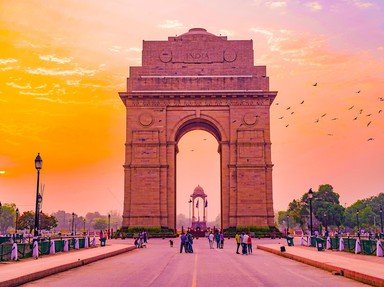Quiz Answer Key and Fun Facts
1. What was the significance of the English Royal Charter?
2. Who was the Governor General of India when the treasury was shifted from Murshidabad to Calcutta?
3. Which was the first state to come under the grip of Subsidiary Alliance?
4. Under the Permanent Settlement how much was a Zamindar required to give to the government?
5. Whose pioneering work resulted in the suppression of Thugee by 1830?
6. Whose views finally settled the 'language controversy' on the introduction of English in India?
7. Which state was the first to be annexed on the basis of the Doctrine of Lapse?
8. Which state was annexed by the British in 1856 on the grounds of misgovernment?
9. Who started the newspaper 'Vande Mataram' in the U.K.?
10. Who was the first Governor-General of India?
11. Which Viceroy was known as 'The Father of Local Self-Government'?
12. The Cabinet Mission of 1946 comprised of three members viz. Sir Stafford Cripps, A.V. Alexander and _________. Who was the third member?
13. Who was the first Indian to be directly recruited to the Indian Civil Service?
14. Who earned the epithet 'Liberator of the Indian Press'?
15. In 1912 a bomb blast wounded Lord Hardinge. Who was behind the conspiracy?
16. What term did Montague use for the policy adopted by the British to check the crimes committed by the revolutionaries?
17. Under whose leadership was a 'Provisional Independent Government' of India' set up?
18. Who was the chairman of the two commissions that arranged the partition of Punjab and Bengal?
19. Who was the Governor-General of India at the outbreak of the Second World War?
20. Which act was passed in context of 'Komagata Maru' incident?
Source: Author
swashbuckler
This quiz was reviewed by FunTrivia editor
gtho4 before going online.
Any errors found in FunTrivia content are routinely corrected through our feedback system.
